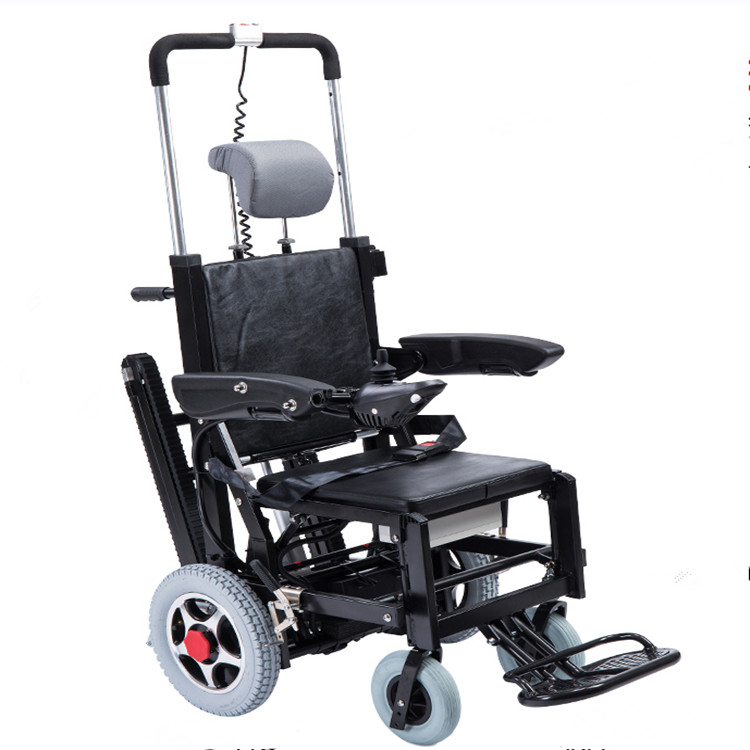Electric wheelchairs play a pivotal role in advocating for and achieving inclusive urban design. By considering the needs of individuals with mobility challenges, cities can create environments that are accessible to everyone. Here’s how electric wheelchairs contribute to the development of inclusive cities:
- Accessible Infrastructure: Electric wheelchairs rely on accessible infrastructure such as ramps, curb cuts, and properly maintained sidewalks. Designing and maintaining these features benefits not only wheelchair users but also those with strollers, bicycles, and other mobility aids.
- Public Transportation: Electric wheelchairs necessitate accessible public transportation options, including ramps, designated spaces, and secure storage for mobility devices. This encourages equal participation in public life.
- Sidewalk and Pathway Design: Electric wheelchair users depend on well-designed and obstacle-free sidewalks and pathways. Ensuring smooth and accessible pathways benefits pedestrians of all abilities.
- Curb Ramps: Properly designed curb ramps are essential for electric wheelchair users to navigate street crossings safely. Implementing curb ramps promotes safety and independence.
- Public Spaces: Inclusive urban design prioritizes public spaces that are accessible to everyone. Parks, plazas, and recreational areas designed with electric wheelchairs in mind encourage social interaction and community engagement.
- Public Facilities: Electric wheelchair users rely on accessible public facilities, including restrooms, libraries, community centers, and cultural venues. Ensuring these spaces are equipped for mobility aids promotes inclusivity.
- Pedestrian Crossings: Accessible pedestrian crossings with audible signals and adequate crossing times benefit electric wheelchair users and pedestrians with visual impairments.
- Business Accessibility: Inclusive urban design encourages businesses to provide accessible entrances, pathways, and customer service. This allows electric wheelchair users to patronize shops and services with ease.
- City Planning: Urban planning that integrates electric wheelchair accessibility considerations from the outset ensures that cities are designed to be inclusive and barrier-free.
- Community Engagement: Electric wheelchair users actively participating in their cities contribute to vibrant communities, fostering a sense of belonging and shared experiences.
Incorporating electric wheelchair accessibility into urban design fosters an inclusive environment where all residents can move, interact, and enjoy the city’s offerings without hindrance.














